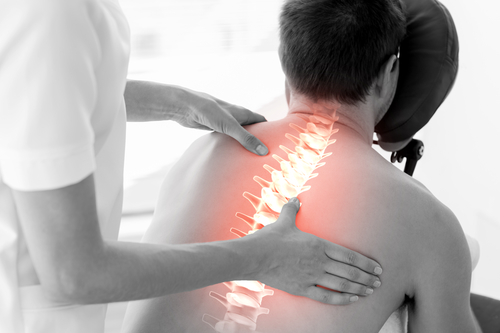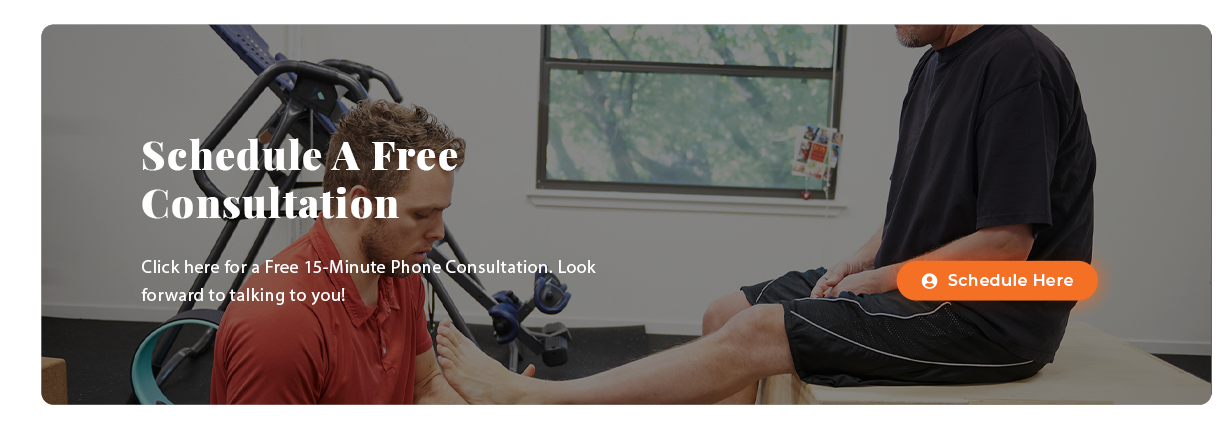“Sometimes my body wakes me up and says ‘Hey, you haven’t had pain in a while. How about pain?’ And sometimes I can’t breathe, and that’s hard to live with. But I still celebrate life and don’t give up.” Mattie Stepanek
This wonderful poet wrote this while dealing with dysautonomia mitochondrial myopathy which can be really devasting to your muscles, cerebrum, and nerves. We wish that treating muscle pain with the Active Release Technique was more prominent back in 2004 and could’ve helped alleviate some of the pain Mattie was dealing with. But, now we are in 2018, and we are confident that we can help you in treating muscle pain with the Active Release technique for so many reasons.
What is Active Release Technique
Before we let you know the reasons why we believe treating muscle pain with the Active Release Technique is so beneficial to you, we want to define what Active Release Technique or ART is. ART is a soft tissue method that focuses on relieving tissue tension via the removal of fibrosis/adhesions which can develop in tissues from an overload due to repetitive use. ART is used to treat symptoms in your muscles, tendons, ligaments, fascia and nerves. Art will look to restore free and unimpeded motion of all soft tissues, to release entrapped nerves, vasculature and lymphatics and will look to re-establish optimal texture, resilience and function of soft tissues.
ART for Muscle Pain Relief
“Many of the answers to medical problems are often similar to answers to engineering problems,” said Jonathan Vande Geest, 32, assistant professor at the University of Arizona.
“I love that you can utilize tools and expertise that’s been developed over the last 100-plus years in mechanical engineering to solve problems related to human health.”
Treating muscle pain with the Active Release Technique will start by an interview with you to find out exactly where your pain originated from. We’ll then begin the process of manual therapy. Our treatments will consist of compress forces. This will address your repetitive strain injuries, cumulative trauma injuries and constant pressure tension.
When treating your muscle pain with the Active Release Technique, we will ask you to move around from a tall position to a short position, so we can understand how the pain you are experiencing is moving. During these movements, we’ll apply a deep tension practice to the places that are most tender. When we begin treating muscle pain with Active Release Technique, our clients have found considerable improvements with their mechanical functions, a considerable reduction in pain, a reduction in medication or a complete doing away with medication all together.
What can Active Release Technique help Treat?
There are many injuries treating muscle pain with the Active Release Technique can help you overcome. Here is a brief list of some of those injuries:
- Adductor Strains
- Hamstring Flexibility
- Carpal Tunnel Syndrome
- Quadriceps Strength
- Trigger Thumb
- Snagging Hip Syndrome
- Tennis Elbow
- Tibilais Posterior Tendinopathy (Chronic Foot Pain)
What Happens after your ART treatments?
When it comes to rehabilitating from treating your muscle pain with Active release technique, your post treatment exercises are vital. These exercises will help aid in the recovery process while ensuring that the muscle pain you have been feeling, will not return. Here is a list of the most important aspects to pay attention to when exercising following our treatments:
Flexibility:
Having proper flexibility allows your joints to move with no restrictions while having full range of motion. When your flexibility is restricted, your body has a greater risk of muscle, tendon and ligament strains. Stretching is key! But, stretching is only effective once the adhesions in your soft tissues have been released.
Strength:
Once again, the strengthening exercises you use will only be effective after treating your muscle pain with the Active Release Technique. If you try to strengthen tight and contracted muscles, this can cause more adhesions and complications within your tissues.
Balance and Proprioception:
Proprioceptive and balance exercises teach your body to control the position of a deficient or an injured joint through balance and touch. These exercises should begin on the on-set of the recovery process. After treating your muscle pain with Active Release Technique, these exercises will help with your stamina, strength and overall range of motion.
Cardiovascular Exercise:
The restoration of circulation will lead to a better release of oxygen to your soft tissues. A major reason why we have repeat injuries is due to deficient oxygen levels and improper circulation. Aerobic exercise is vital in the rehabilitation process.
Getting help through ART
Now that we’ve discussed how treating muscle pain with the Active Release Technique can be beneficial to you, what’s the next step? Contacting us to set up an appointment is the answer. There’s only so much research you can do. Come in and talk with us and let us show you in person what this highly effective technique can really do.
Unveiling the True Power of Active Release Technique (ART)
Did you know that Active Release Technique (ART) isn’t just about relieving pain—it’s a complete game-changer for restoring your body’s natural movement and function? Think of it as hitting a “reset button” for your muscles, tendons, and nerves. While traditional treatments often mask the symptoms, ART dives deep to tackle the root cause of discomfort: those pesky adhesions that glue your soft tissues together and limit your mobility.
What makes ART stand out is its precision. It’s not a one-size-fits-all approach. During your session, we pinpoint exactly where your pain stems from, using a combination of movement and deep tension techniques. For example, if you’ve been struggling with tennis elbow or chronic foot pain, ART doesn’t just relieve the symptoms; it helps reprogram your body to function better. Many clients report improvements after just a few sessions—whether it’s less reliance on medication or being able to move pain-free for the first time in years.
Long-Term Results You Can Count On
Here’s the kicker: ART isn’t just about the immediate relief. It’s about long-term recovery and prevention. Post-treatment exercises, like targeted stretching and balance work, help ensure your results stick. Imagine your body as a finely tuned instrument—flexibility, strength, and circulation all need to be in harmony. For instance, cardio exercises can supercharge your healing process by improving oxygen flow to your tissues, reducing the risk of repeat injuries.
So, why keep putting up with pain when ART can offer a proven, science-backed solution? Whether you’re dealing with a snagging hip or carpal tunnel syndrome, ART is like a roadmap to reclaiming your body’s full potential. Ready to take the next step? Let’s chat about how we can help you break free from pain for good.


